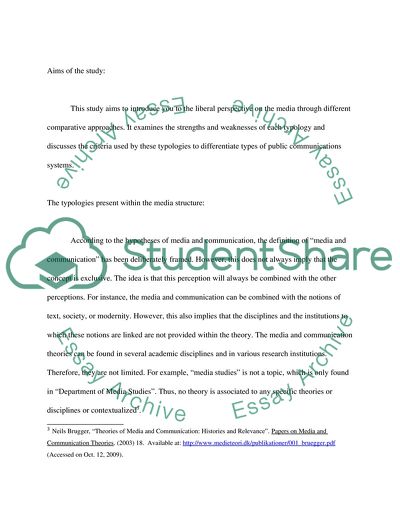Cite this document
(Theories of Media and Communication Research Paper, n.d.)
Theories of Media and Communication Research Paper. Retrieved from https://studentshare.org/media/1728025-media-and-communication-theory
Theories of Media and Communication Research Paper. Retrieved from https://studentshare.org/media/1728025-media-and-communication-theory
(Theories of Media and Communication Research Paper)
Theories of Media and Communication Research Paper. https://studentshare.org/media/1728025-media-and-communication-theory.
Theories of Media and Communication Research Paper. https://studentshare.org/media/1728025-media-and-communication-theory.
“Theories of Media and Communication Research Paper”, n.d. https://studentshare.org/media/1728025-media-and-communication-theory.


